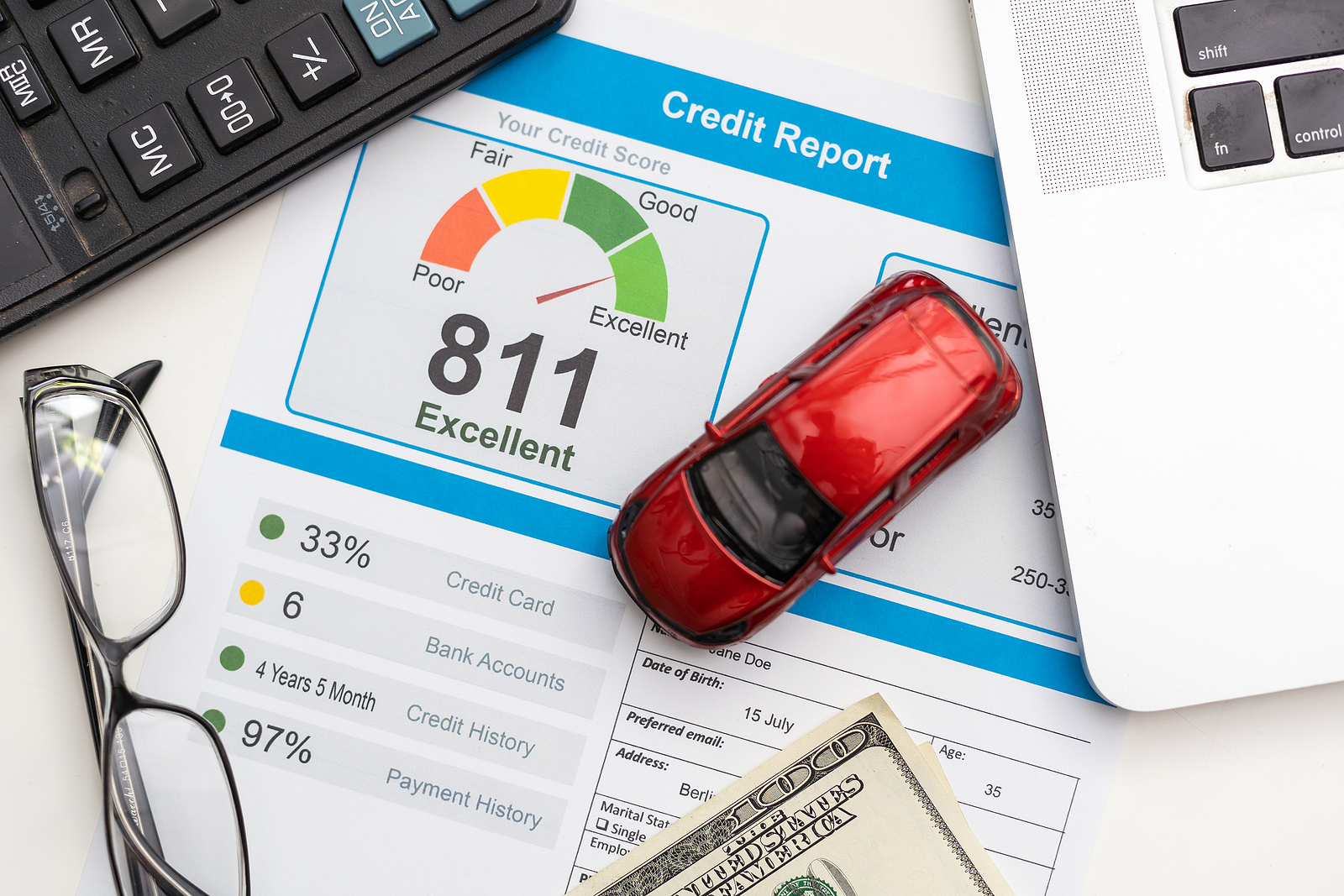Slightly more than 35% of Americans are tenants, paying $1,937 (median) in rent each month, according to Rent.com. The total monthly housing cost for these folks is $1,301, while the housing cost for homeowners is $1,510, only $209.00 more, according to the US Census Bureau.
Of course, we are looking at median costs here so your situation may be different. In the main, however, owning a home is not prohibitively more expensive than renting.
It’s the actual purchase that has many tenants, especially those in the younger generations, feeling as if they are locked out of homeownership.
From the perpetuation of the myth that a 20% down payment is the law of the land to the notion that a house payment would be significantly higher than a rent payment, many Americans remain in the cycle of paying someone else’s mortgage payment.
Today, we’ll dive into the various ways you can get on the path to homeownership: to make a move from “No, you can’t paint the living room” to the complete freedom to decorate how you want, to plant what you desire and to have a dog, finally.
Step one in the journey to homeownership
Before embarking on the path to homeownership, it’s crucial to be mentally prepared and financially ready. Consider the following questions:

- Do you have a solid support system in place to help you through the process?
- Have you thought about what type of real estate agent you need? Many new homebuyers require a bit of hand-holding and a substantial amount of tutoring on the ins and outs of the process. Some agents are adept at “real estate therapy,” so if you feel you might need that type of support, you’ll want to make a note to choose your real estate agent carefully.
- Are you ready to begin letting go of emotions and thinking like an investor during the purchase process? For example, your dream might be a suburban home with the quintessential white picket fence. Your financial reality, on the other hand, may dictate that you purchase a condo to keep home maintenance costs low enough to be affordable. Are you ready for that? For doing whatever is necessary to start building equity?
Get clear on your credit and finances
Becoming a homeowner requires financial stability and planning. Start by assessing your current financial situation. Take a close look at your income, expenses, and savings. To make this easier, use a worksheet like these from the folks at MortgageCenter.com and this one from the Consumer Financial Protection Bureau.
Then, check your credit report and score. Every American is entitled to a free credit report each year from AnnualCreditReport.com, the only company authorized to provide these reports by Federal law.

Here is a list of which aspects of your credit report lenders will scrutinize the most:
- Have you recently applied for credit?
- Do you pay your bills on time?
- Are your credit limits maxed out? Lenders want to see balances no higher than 30% of the limit.
- Have you declared bankruptcy?
- Are you an authorized user of someone else’s credit card?
Work on getting your credit balances where they should be, paying bills on time, and avoiding opening new credit accounts.
Consult a mortgage broker
Implement some changes once you have a clear idea about your budget and credit. If you don’t make enough money to buy a home, consider taking on a side gig.
Fix your credit, if necessary. Then, visit with a mortgage broker to determine how much you can borrow and how much you’ll need to put down.
Ask the broker about state, local, and federal down payment assistance programs and whether or not you qualify.
Finally, ask for a ballpark figure on what you can expect to pay in closing costs.
Save up some money for the down payment and closing costs

Now that you know how much money you’ll need for the down payment and closing costs, have you figured out how to come up with it? Here are a few tips from mortgage professionals:
- Create a dedicated homebuying savings account and direct your employer to auto-deposit a portion of each paycheck.
- Take on another job. This can be a part-time job or a side gig, such as driving for Uber or one of the other similar companies. Or, check out freelance, work-from-home opportunities at Upwork.com.
- Look into the down payment assistance programs recommended by the mortgage broker.
- Find ways to cut expenses. Many young people are moving back in with Mom and Dad to speed up the savings process. As of February 2023, the median rent nationwide was $1,937. By moving back home, you can save $23,244 in just one year.
Transitioning from being a tenant to a homeowner is an exciting and fulfilling journey, but it requires careful preparation and planning. You can confidently navigate the homebuying process by getting clear on your goals, assessing your financial situation, saving diligently, and seeking professional advice.
Let us know how we can help. Advice is always free.
We are not mortgage professionals. This blog post’s legal and financial information is provided for general informational and educational purposes only and is not a substitute for professional advice.



